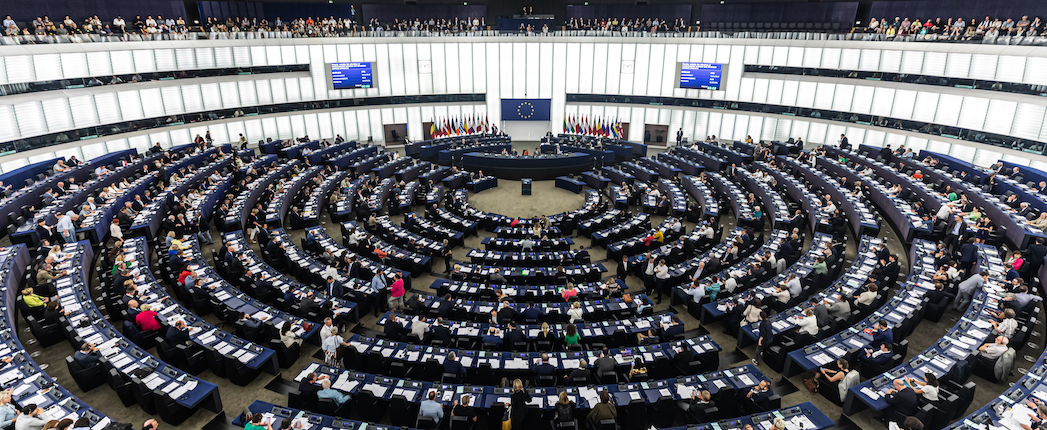
The European Union Parliament this month adopted its negotiation position on Euro 7, the revamping of EU rules for type-approval and market surveillance of motor vehicles. Among other things, the new regulation will update current limits for exhaust emissions – such as nitrogen oxides, particular matter, carbon monoxide and ammonia.
The regulation will also introduce new measures to curb emissions from tires and brakes, while also increasing battery durability.
According to a Nov. 9 press release, EU Parliament members agreed with the levels proposed by the EU Commission for pollutant for passenger cars and proposed an additional breakdown of emissions into three categories for light commercial vehicles based on their weight. The adopted text proposes stricter limits for exhaust emissions by buses and heavy-duty vehicles, including levels set for real driving emissions. Real Driving Emissions is a test that vehicle manufacturers can use to test the emissions a car producer under real driving conditions, rather than in a laboratory.
Specific application time frames have been included for various Euro 7 provisions, linked to the entry into force of all secondary legislation. EU Parliament members request that the EU Commission to finalize this secondary legislation within 12 months of the primary legislation taking effect. Once that is done, light-duty vehicles would have 24 months, and heavy-duty vehicles would have 48 months to comply.
In its release, the EU Parliament said the EU Commission’s exception for the entry into force of the requirements for small volume manufacturers of light duty vehicles would remain unchanged – July 1, 2030. However, the EU Parliament members proposed a new date – July 1, 2031 – for small volume manufacturers of heavy-duty vehicles. Consequently, EU Parliament members proposed to modify the repeal dates, to allow the application of the current Euro 6 and VI regulations for small volume manufacturers to July 1, 2030, for light-duty vehicles and July 1, 2031, for heavy-duty vehicles. “This would ensure a smooth transition and phased implementation without any regulatory gaps,” the EU Parliament said in its release.
“We have successfully struck a balance between environmental goals and the vital interests of manufacturers,” Rapporteur Alexandr Vondra (European Conservatives and Reformists Group, Czechia) said in the EU Parliament press release. “It would be counterproductive to implement environmental policies that harm both Europe’s industry and its citizens. Through our compromise, we serve the interests of all parties involved and steer clear of extreme positions.”
The European Commission on Nov. 10 proposed more stringent Euro 7 air pollutant emissions standards for combustion-engine vehicles, regardless of the type of fuel used. Among current EU emissions limits, Euro 6 applies to cars and vans, while Euro VI applies to buses, trucks and other heavy-duty-vehicles. The Euro 7 proposal also includes new measures that limit non-exhaust emissions – microplastics from tires and particles from brakes – and requirements concerning battery availability.
According to the commission, by 2035 Euro 7 would reduce nitrogen emissions from cars and vans by 35%, compared to Euro 6, and by 56% compared to Euro VI for buses and trucks.
Particle emissions from cars and vans would decline 13%, and be 39% less from buses and trucks, while brake particles would be cut by 27%.
The EU Parliament said it is now ready to start talks with member state governments on the law’s final form.